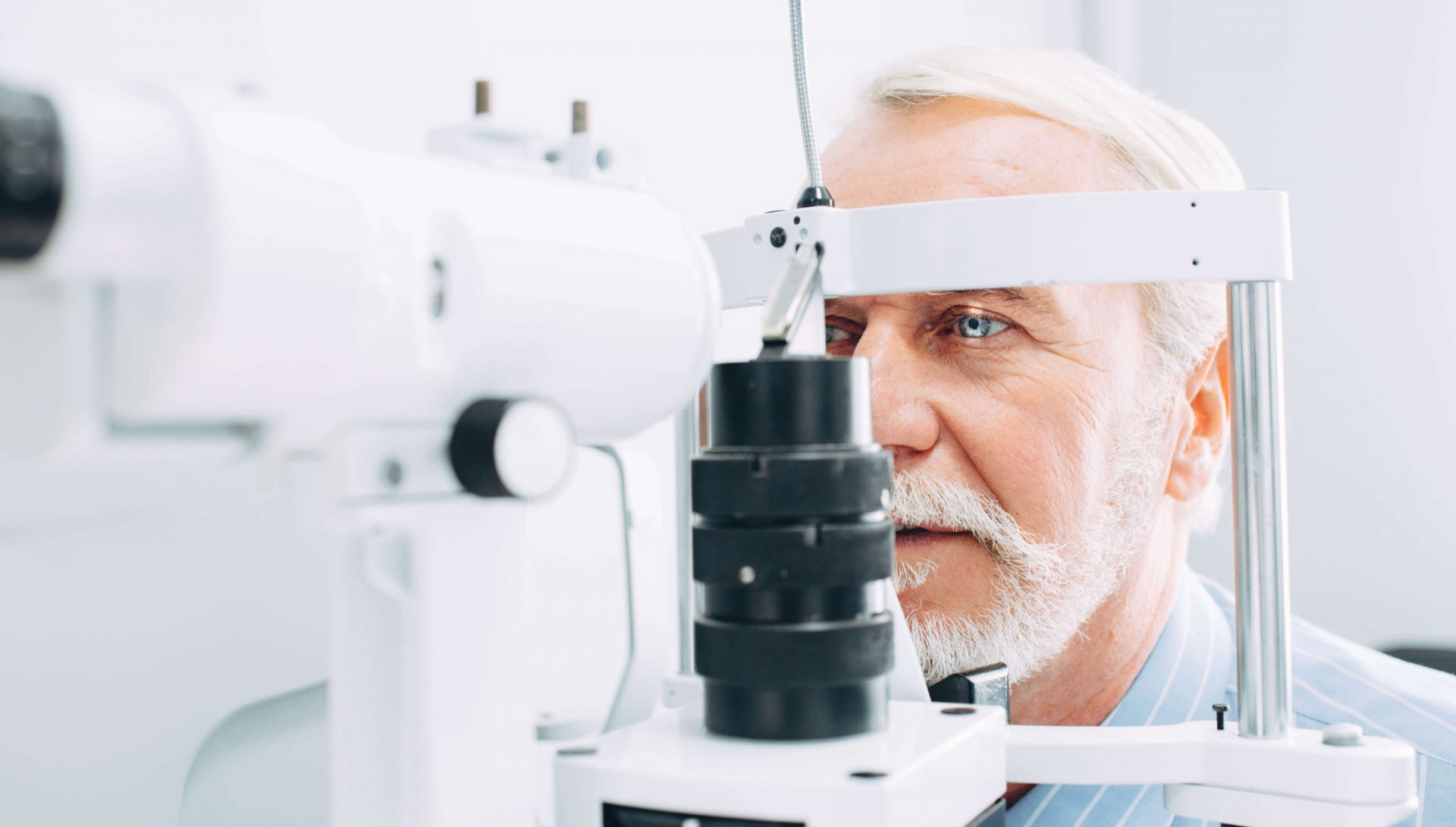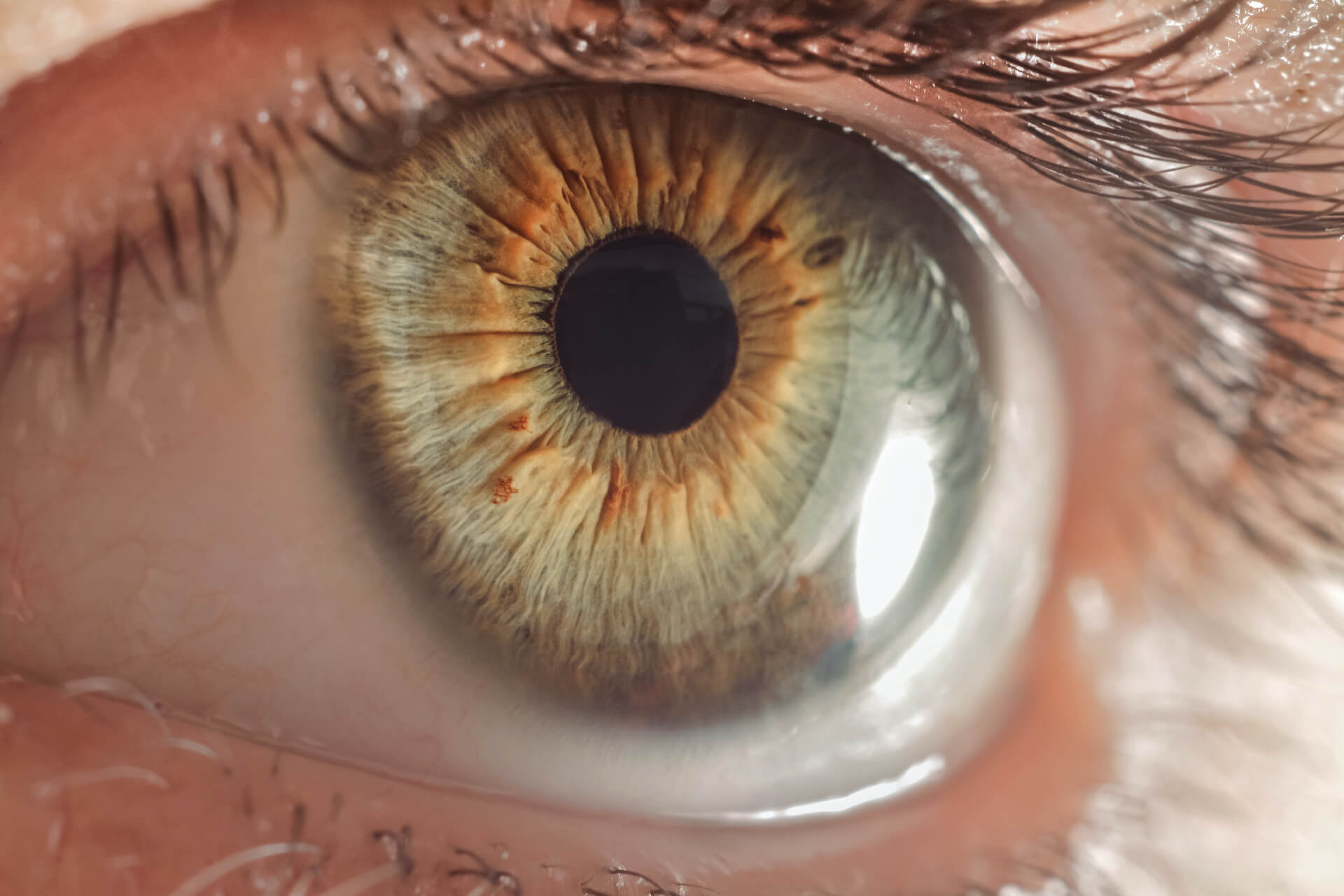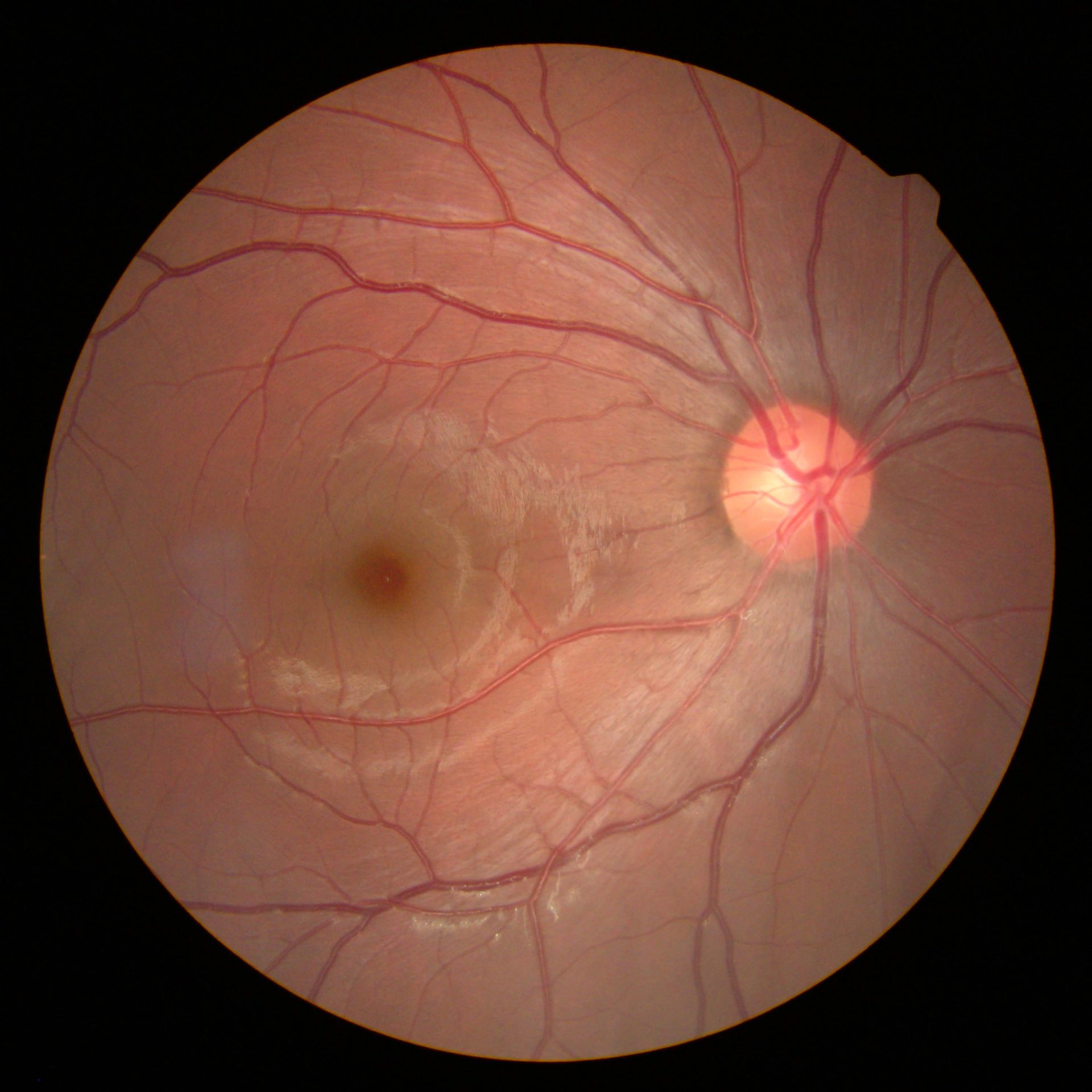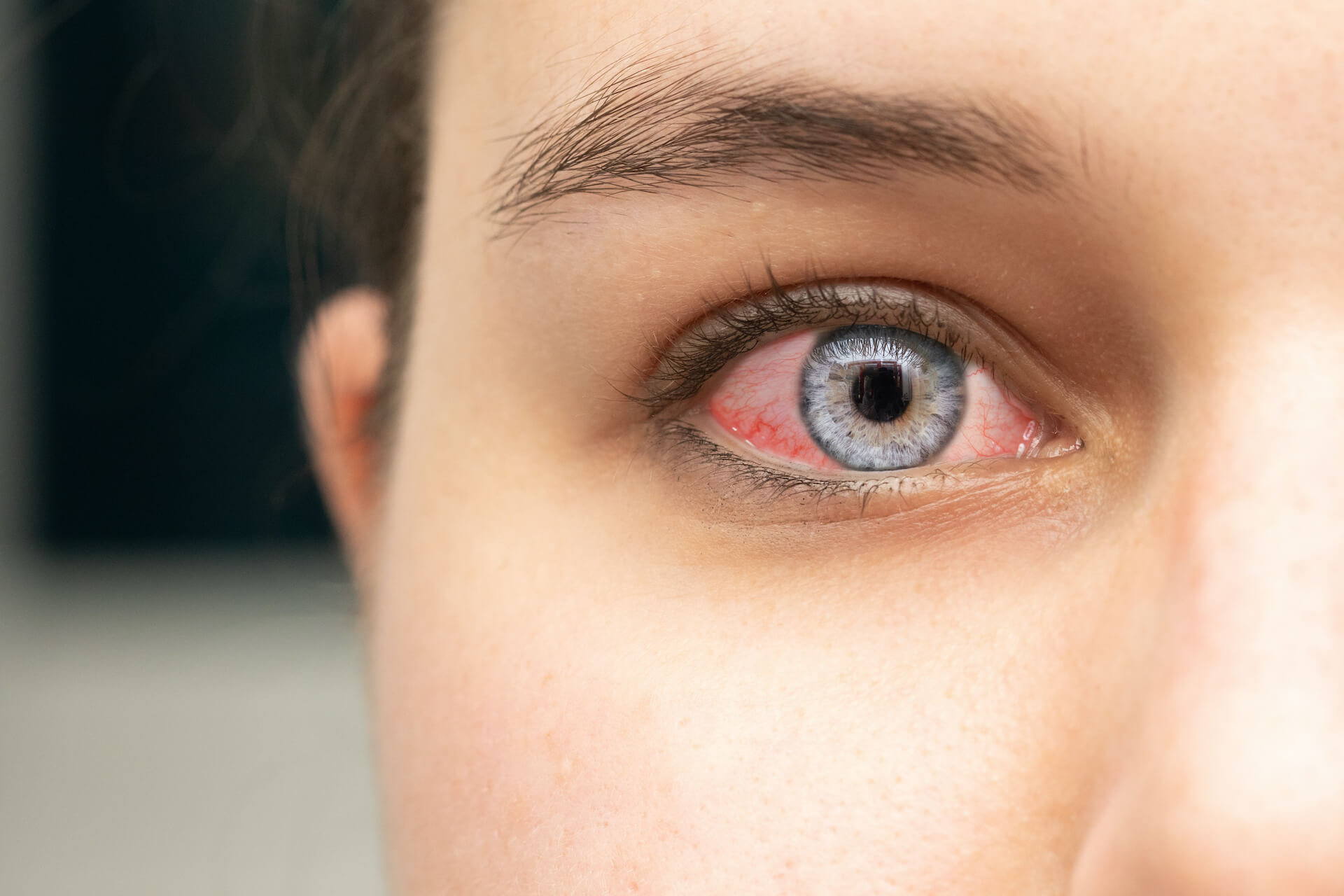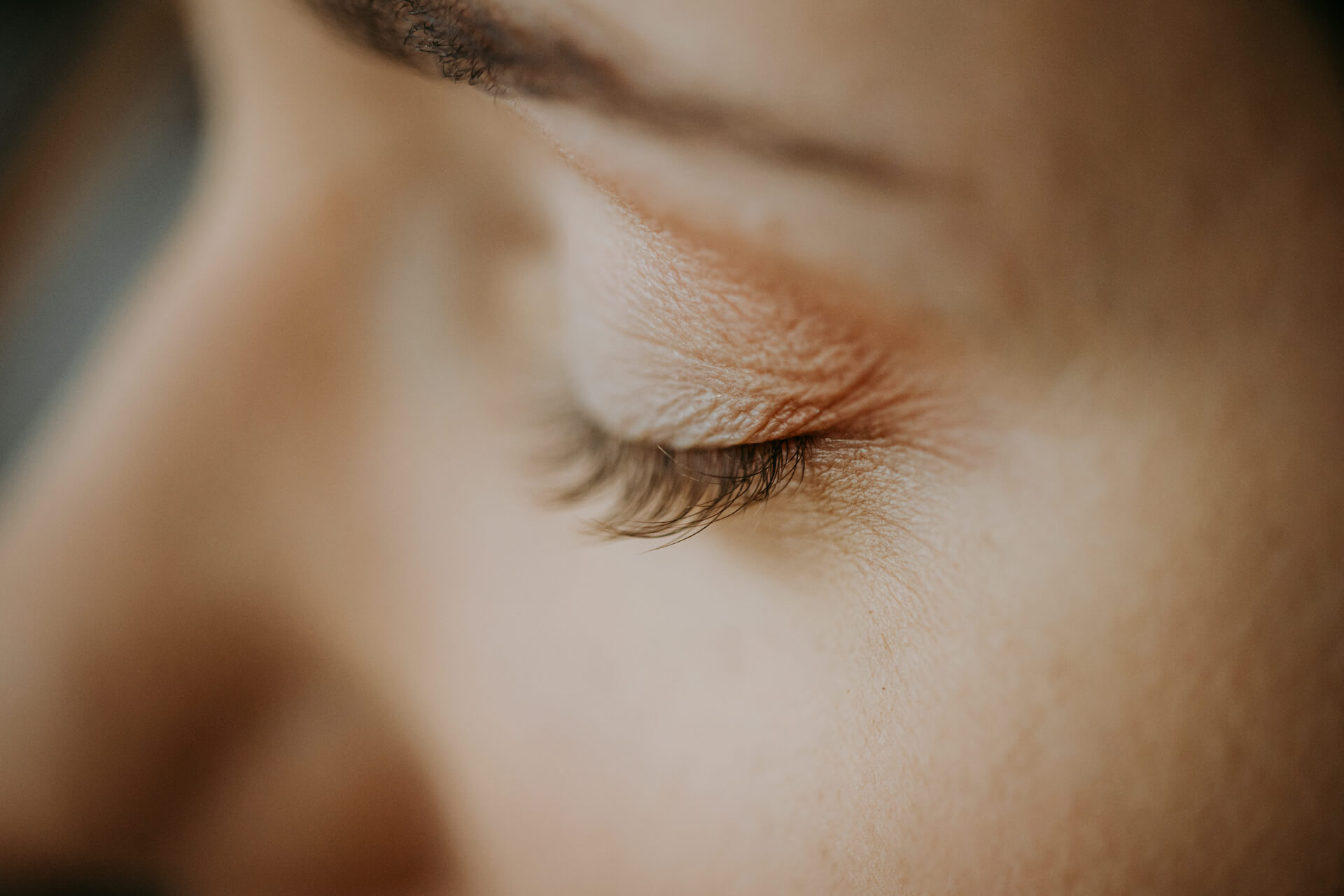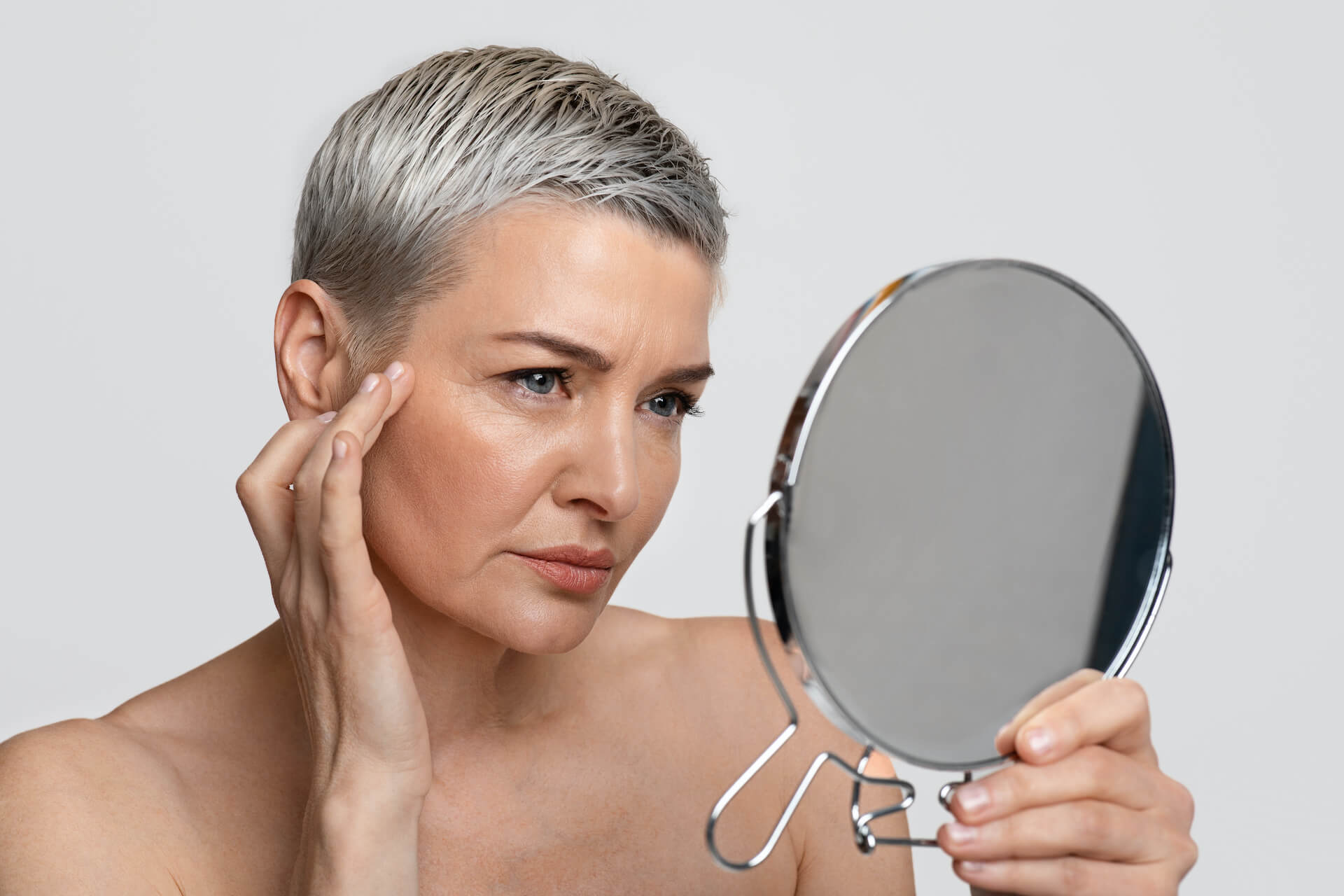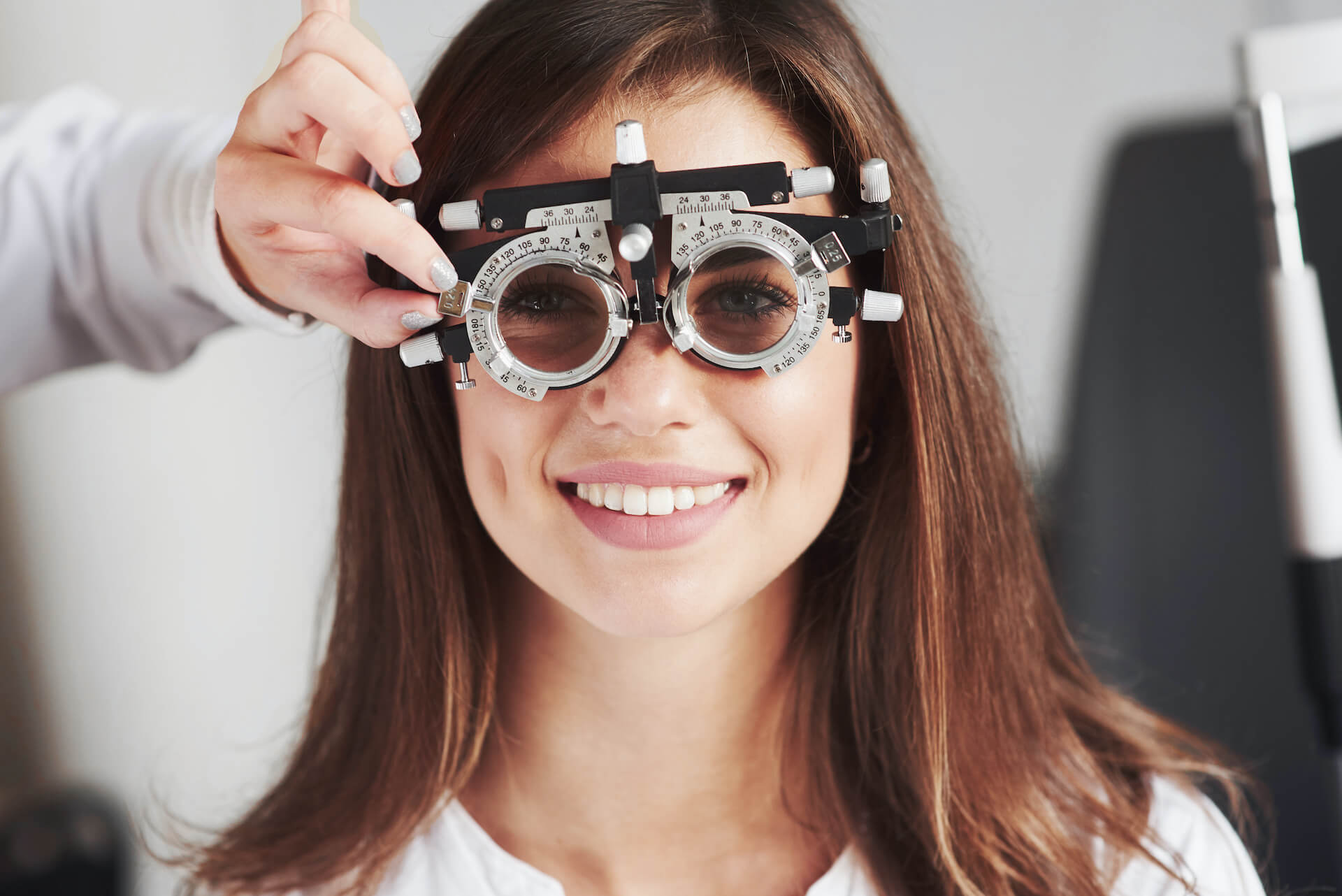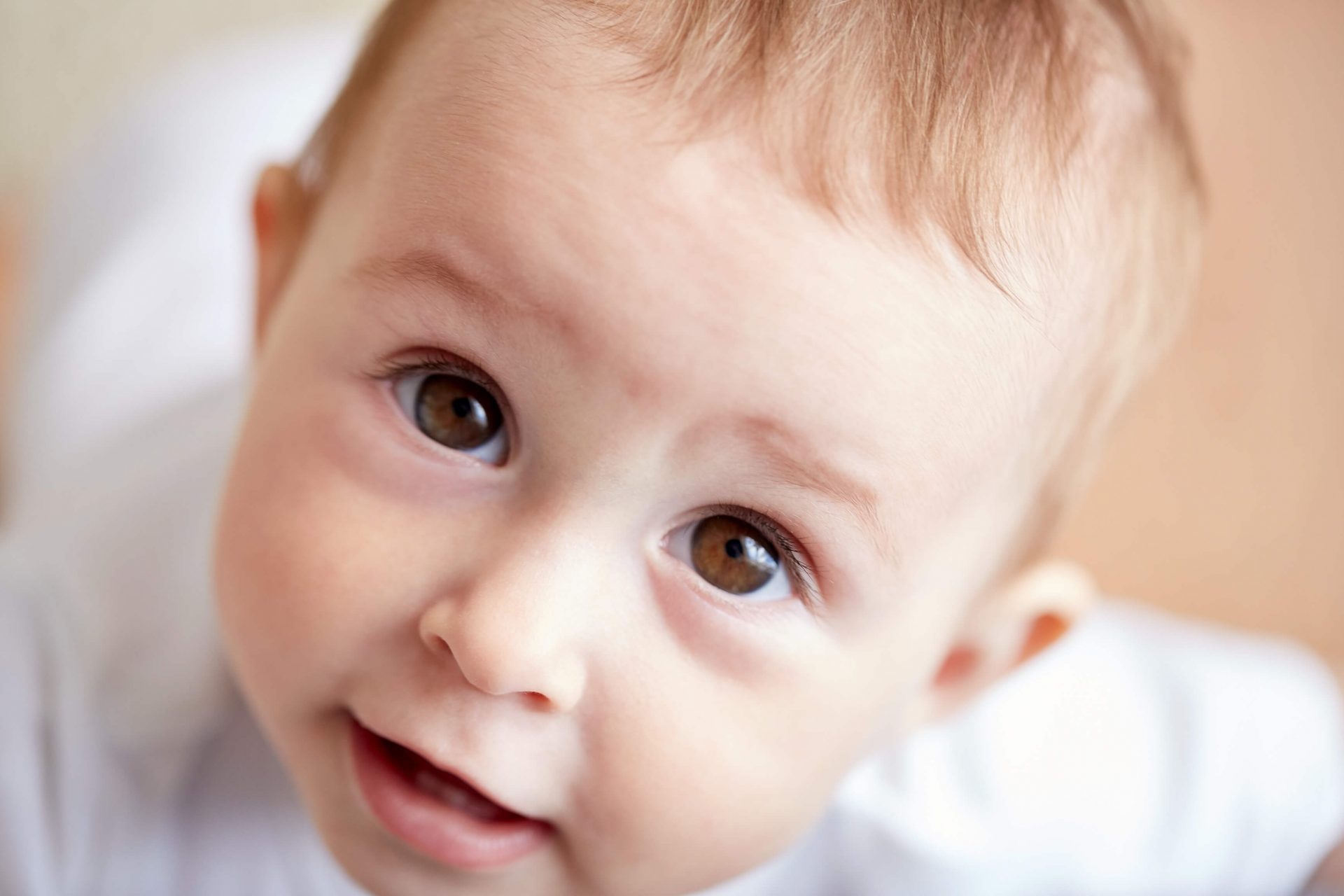Cataract
Glaucoma
Retinal diseases and macular disorders
Eye inflammation
Dry Eyes
Eyelid disorders
Drooping eyelids
Diabetes
Preventive eye exam / Eyeglasses
Children’s eye exam
Cataract
With aging, the lens of the eye becomes increasingly cloudy. If this leads to visual impairment, it may be necessary to undergo cataract surgery. The cloudy lens will be removed surgically and replaced by an artificial lens. In some cases, the lens capsule may become cloudy after cataract surgery. This is commonly referred to as secondary cataract. Treatment using a specialized laser can quickly restore vision.
Glaucoma
Gradual damage to optic nerve fibers can lead to visual impairment and loss of the visual field (field of view) over many years. Glaucoma is a serious disease that can lead to blindness if remained undetected over a long period of time. An increased eye pressure (intraocular pressure) may be the underlying cause.
The risk of developing glaucoma increases with age. It is known that individuals with a family history of glaucoma are also at higher risk. Screening for glaucoma includes measurement of intraocular pressure, visual field testing and examination of the optic nerve head using high-resolution OCT (optical coherence tomography).
Retinal and macular diseases
Retinal diseases
The retina and the vitreous can be affected by age-related changes over the course of life. Systemic diseases such as increased blood pressure can also affect the retina and its vessels. Vitreous opacities are often disturbing, but only need to be treated in certain cases. In case of a retinal tear or hole, laser treatment must be performed immediately. If there is retinal detachment, surgery is required. If you suddenly see dark spots (so-called ‘mouches volantes’) and/or light flashes, please consult an ophthalmologist (eye doctor) as soon as possible.
Macular disorders
The macula is the center of the retina. Here, the visual resolution is the greatest. Macular disorders can therefore lead to significant visual impairment. Age-related macular degeneration (AMD or ARMD) is among the most common causes of severe vision loss in the western world. The risk of developing AMD increases with age. Abnormal growth of blood vessels underneath the retina may lead to leakage of fluids resulting in development of an edema (‘Wet AMD’). In these cases, treatment using an anti-angiogenic drug is available (vascular endothelial growth factor VEGF inhibitors). There are other macular disorders that can lead to development of macular edema such as a result of vessel occlusion or central serous retinopathy (CSR). If an epiretinal membrane (macular pucker) or a macular hole (macular foramen) is detected, surgery may be the treatment of choice.
Eye inflammation
Redness, pain or burning of the eye may indicate the presence of inflammation. Conjunctivitis (also called ‘pink eye’) is a common condition. However, the type of treatment will depend on the cause. In some cases, treatment with antibiotic eye drops is necessary. An allergy can also cause similar symptoms. If your child or your baby suffers from sticky eyes, this can also indicate an infectious conjunctivitis. There are antibiotic eye drops that are specially approved for children. In any case an inflammation of the inner layers of the eye (uveitis) should be excluded.
Dry Eyes
Increased screen time and the use of tablets or smartphones can result in dryness and eye irritation. It can cause burning, itching, stinging or even eye pain. The use of lubricating eye drops can provide relief. Preservative-free artificial tears are preferable to preservative-containing eye drops. This is especially important when wearing contact lenses. Severe cases of dry eye require a thorough diagnostic procedure to identify the underlying cause and a stepwise treatment regime.
Eyelid disorders
Eyelid problems range from the very common eyelid inflammation (blepharitis) to age-related changes of the eyelids. The edge of the lower eyelid may roll inward (entropion) or turn outwards (ectropion). If the edge of the upper eyelid droops, it is called ptosis. Tearing eyes can also be caused by sagging skin tissue. Eyelid surgery might become necessary in those cases.
Drooping eyelids
As we get older, the eyelids stretch, and the eyelid muscles can weaken. Drooping eyelids can not only make one look older, sagging skin can also reduce the peripheral field of vision. In some cases, it can also cause the eyelids to feel heavy and makes it hard to open your eyes. Blepharoplasty (eyelid lift surgery) is a type of surgery that removes excess skin. If necessary, excess fat will be removed and the weakened eyelid muscle may be lifted. This procedure is usually performed in an outpatient setting under local anesthesia.
Diabetes
Diabetes can lead to various eye problems. Retinal changes and damages (diabetic retinopathy and diabetic maculopathy) develop slowly and therefore may go unnoticed at first. First signs such as blurry vision are not usually noticed until late in the course. Therefore, getting a comprehensive dilated eye exam at least once a year is strongly recommended. Most sight-threatening diabetic problems can be managed effectively if treatment is carried out at an early stage.
Preventive eye exam / Eyeglasses
Getting an eye exam is an important part of your routine preventive medical check-ups. A comprehensive eye exam not only includes a vision test and the prescription of eyeglasses, if necessary. By performing a number of different tests, including the measurement of internal eye pressure and a dilated eye exam, your overall eye health can be evaluated. During an eye exam your eye doctor is not just checking how well you see, but your risk for developing eye diseases, such as glaucoma and cataracts.
Getting an annual routine eye exam is not only important for anyone who wears glasses, but it is also recommended for every adult aged 40 or older. Depending on your medical history and in case you have a family history of eye problems, it may be advisable to start at a younger age. It is critical to detect eye diseases early, as a number of disorders can go unnoticed until a late stage. Early detection and treatment can help preserve your vision.
Children’s eye exam
Early childhood eye exams are essential to ensure normal visual development. It is important not only to check for signs of eye diseases, but also if there is misalignment of the eyes (strabismus) or a refractive error such as far-sightedness, near-sightedness or astigmatism. Most children will not require glasses, but some of those conditions may lead to the development of amblyopia (commonly referred to as ‘lazy eye’) if left untreated.
All tests and examinations will be carried out in a child-friendly way. For younger children, a non-contact measuring device specially designed for children will be used to check for refractive errors.
The Medical Association Vienna recommends children have their first eye exam at the age of one and two (medical examinations as recommended in the Austrian mother and child pass I and II) followed by annual exams throughout the school years to ensure optimal eye health.

